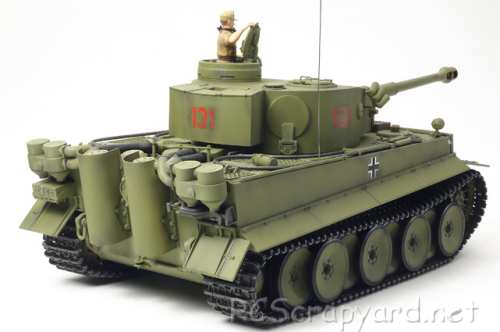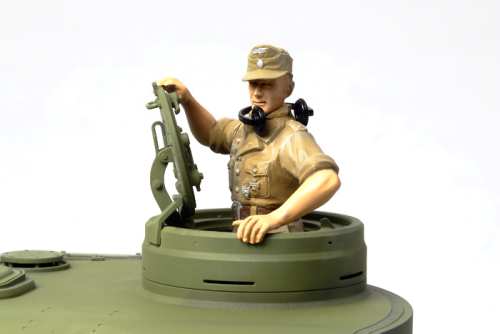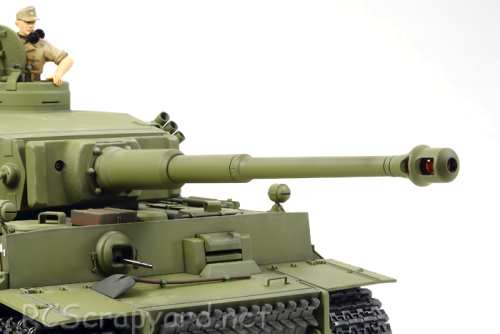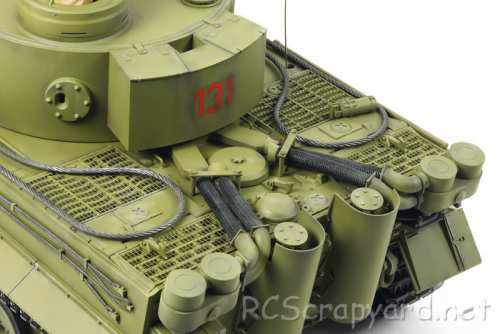

|
|
|


|
Tamiya Tiger I Early Production - Full Option Kit w/Detail Up - #84273 (Radio Controlled Model Review)1/16 Scale Electric Tank -
Released by Tamiya on December 1, 2011, the Tiger I Early Production - Full Option Kit w/Detail Up (#84273) is No.773 in the Limited Sale Series and includes extensive Detail-Up Parts to enable the modeler to achieve a higher level of realism.
▼ Scroll Down for More Images ▼
Rating: 4
|








|
|
|

|




|
Hints, Tips and Information
How to avoid Radio Interference
1/ The first consideration when installing your Receiver into your Electrically Powered Model is to make sure it is well away from the Negative Battery terminal, and the Motor. The Magnetic field can cause stuttering type interference at times of high current draw (i.e., Fast Acceleration) |









|






|
|
|
|
Hints, Tips and Information
Servos for RC Models
Servos are found on all kinds of Radio Controlled Models. RC Touring Cars, Buggys, Trucks, Truggys, Monster Trucks, Rock Crawlers, Airplanes, Helicopters, Boats and Ships for Steering, Throttle Control, Rudder Operation and Wing Flaps. |
|
Hints, Tips and Information
Painting a Lexan Body Shell.
Most RC Model kits come with an unpainted, clear Lexan plastic Body Shell you yourself must prepare and paint. This type of Body Shell is painted on the inside, and special spray or brush on Polycarbonate Paints MUST be used.
|
|
RC Models:
|
Radio & Motors: |
Other
Accessories: |